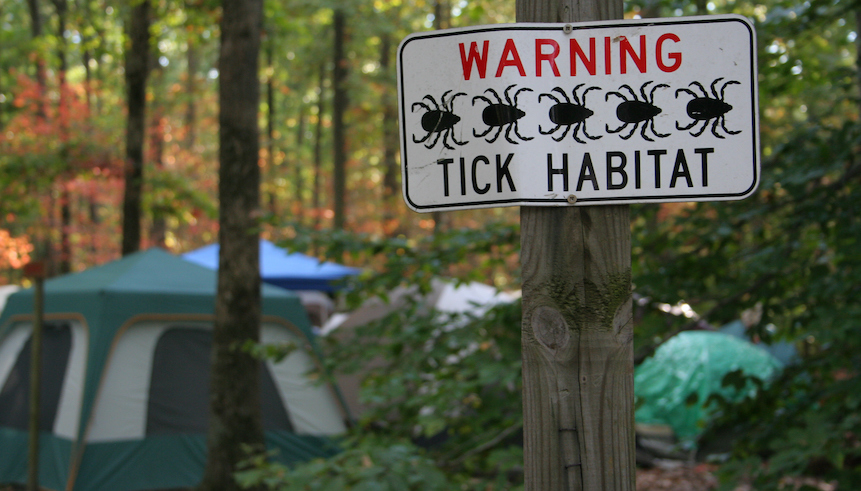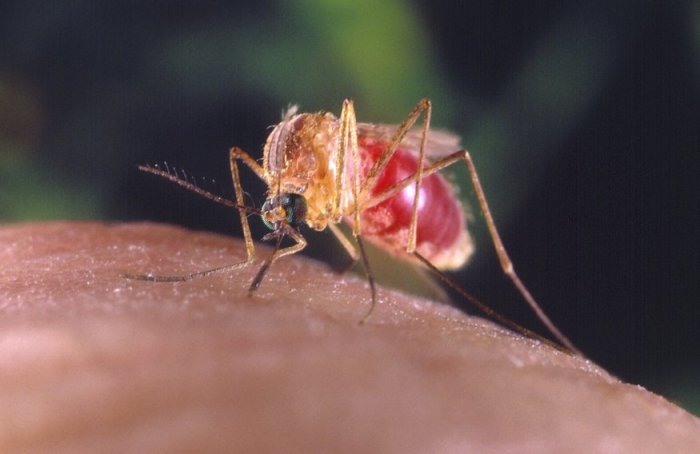As summer approaches, city folk tend to take advantage by getting out in nature — hiking, camping and more. But warmer weather also means it’s tick season — typically, May through July is when they’re most active — and if you’re going to be in wooded and grassy areas, it’s important to know the risk of tick-borne diseases, such as Lyme disease.
Location matters: In 2015, the CDC reported 95 percent of cases of Lyme disease came from 14 states, located in the Northeast (including the Tri State area and New England) and the Midwest. The black legged tick, also known as the deer tick, is the common carrier in these regions.
May is Lyme Disease Awareness Month. Dr. David Shih, Chief Medical Officer of CityMD, talks us through how to be prepared and how to prevent contracting Lyme disease this tick season.
What is Lyme disease?
Lyme disease is a bacterial infection caused by a bite from a black legged tick. The CDC estimates that 300,000 people are infected yearly in the United States. Typically, the tick has to be attached for 36-48 hours before it can transmit the infection.
Preventative methods
Stay out of nature and hang in the city, where black legged ticks aren’t commonly found. If you are going to venture into rural, wooded areas, wear long sleeves and long pants to help prevent contact. You can apply sprays on your skin and your clothing; Shih recommends repellent containing permetherin (carried by brands Sawyer, Repel, Nix, etc).
You’ll want to do a thorough tick check after you’ve been in outdoor areas — examining your body (especially hidden area, like the groin, armpit, back of legs, scalp), and your gear, like shoes and bags. Putting your clothes in the dryer for ten minutes on high heat should kill the ticks. You should check your pets too, although the common tick you’d find on your dog, called a dog tick, doesn’t carry Lyme.
Signs of Lyme disease
If you find a tick on you, there are a couple things to know before you panic. In order for a tick to transmit Lyme disease to you, it needs to be attached to you for at least 36 hours, and to be engorged with blood, Shih explains. “If it’s not engorged, the chances are one in a hundred, maybe lower,” he says. If you do find an engorged tick on you, or suspect that you came into contact with a Lyme-carrying tick, you have a 36 to 72 hour window in which to seek treatment at an urgent care center, where you can take a one time prophylactic dose of the antibiotic doxycycline, which reduces chances of contraction.
If you have a tick on you, you can have your physician remove it and test it to see if it carries Lyme. You can remove it yourself, although that can be tricky and many people do it wrong, partially removing it and the rest is stuck. “The general instinct is to rush, get this thing off me. When patients come in and give me this mushy tick, I can’t identify it, and it’s a harder investigation,” he explains. If you can get to urgent care within 72 hours, then it’s better not to touch it.
Lyme disease symptoms
Symptoms occur within in three to 30 days after infection. Flu like symptoms, such as fever, headache, muscle aches, are common. The Erythema migrans rash, which appears as a red bull’s eye at the site of the bite (although it may appear at other parts of the body), occurs in 70 to 80 percent of infected cases, according to the CDC.
Lyme disease treatments
If you’re exhibiting these symptoms and it seems plausible that you might have been exposed to the disease, a physician will typically begin treatment, which consists of a two-four week course of antibiotics, Shih says. Clinicians can also use a blood test to aid in diagnosis. If symptoms don’t improve after the antibiotics, treatment varies depending on severity.
Is Lyme disease curable?
Many patients will see symptoms go away after antibiotics, while other still experience lingering afflictions. What we call “chronic Lyme Disease” is properly known as “Post Treatment Lyme Disease Syndrome (PTLDS).” Because the symptoms of lyme disease mimic those of other infections — it’s often called “The Great Imitator” — like the flu, some go undiagnosed, and over time, that can result in neurological and cardiac problems, Shih explains.














